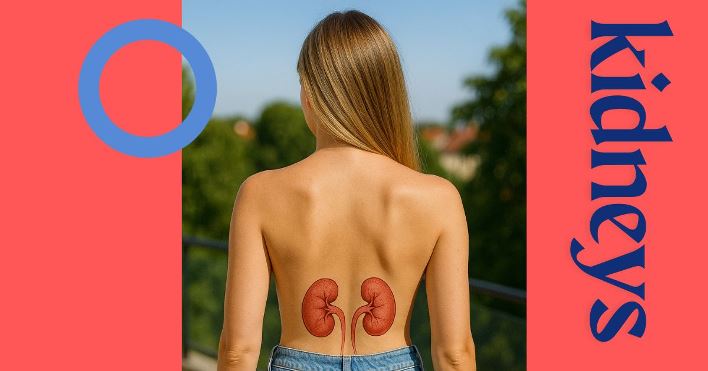Sadly, the Numbers Speak for Themselves
According to alarming statistics, one in three individuals with diabetes is at risk of ending up on dialysis. Dialysis is an unpleasant process in which blood is extracted from the body via a needle, passed through a special filter, and returned purified to the patient.

How Can Dialysis Be Avoided?
Unless you’ve been living under a rock, you've likely heard the old, oft-repeated advice: maintaining good diabetes control is key to preventing kidney failure and the need for dialysis. While it may sound cliché, this advice remains profoundly true. Proper diabetes management is one of the best guarantees against dialysis—but that's not the whole story! 😊
Diabetes Medications That Also Protect the Kidneys 😊
Here’s some uplifting news for anyone living with diabetes: recent findings show that certain medications not only lower blood sugar but also protect the kidneys. Even more encouraging, they may slow kidney deterioration—and, in some cases, even support recovery.
These kidney-protective medications go by a rather dull and complicated name: SGLT2 inhibitors. But there’s more good news: in addition to safeguarding the kidneys, they help regulate blood sugar and offer cardiovascular protection! 😊

Take Care of Your Kidneys—They’re Vital for Detoxifying the Body
The Ongoing Challenge: Access and Affordability
Despite the proven benefits of kidney-protective therapies like SGLT2 inhibitors, access remains uneven across many parts of the world. High out-of-pocket costs, limited insurance coverage, and regulatory barriers often prevent patients from receiving the care they need—especially in low- and middle-income countries.
What’s more, these medications are still primarily approved for type 2 diabetes, leaving many individuals with other forms of diabetes without access to potentially life-saving treatment.

Let’s End on a Note of Hope and Optimism
Across the world, healthcare systems are facing growing pressure from the rising prevalence of diabetes and its complications. Fortunately, modern treatments such as SGLT2 inhibitors offer not only better glycemic control, but also vital protection for the kidneys and heart.
Ensuring access to these medications is not merely a clinical decision—it’s an economic imperative. The cost of dialysis and the human toll it takes on individuals and families is immense. Investing in preventive therapies that reduce long-term complications is a smart and compassionate strategy.
The path forward is clear: collaboration between healthcare authorities, policymakers, and pharmaceutical companies is essential to make these life-changing treatments widely available. Because every person with diabetes deserves a chance at a healthier future.
Let’s work toward that future—together.
References:
According to the Centers for Disease Control and Prevention (CDC), approximately one-third of adults with diabetes will develop chronic kidney disease (CKD) during their lifetime (CDC, 2021). The International Diabetes Federation (IDF) reports that up to 40% of people with diabetes may develop CKD (IDF, 2021).






